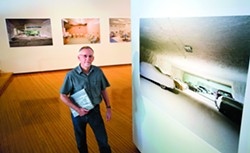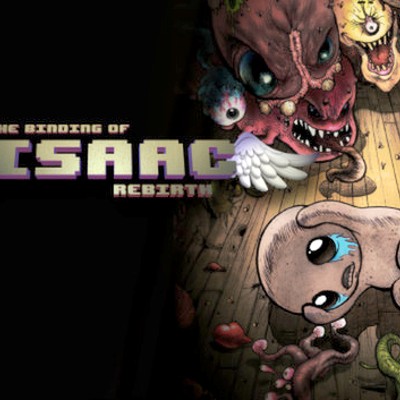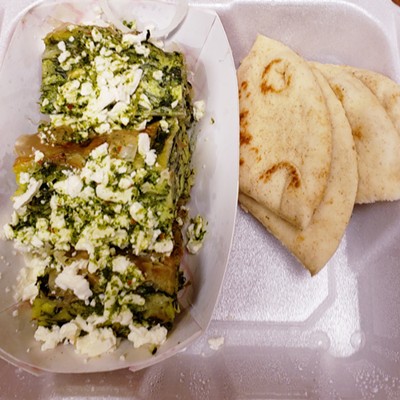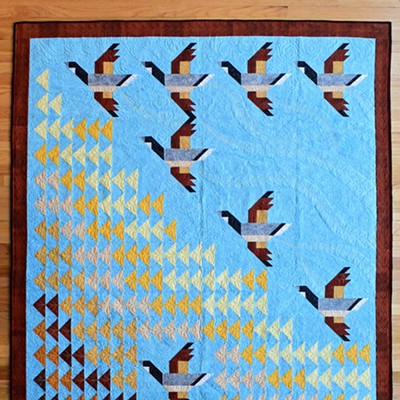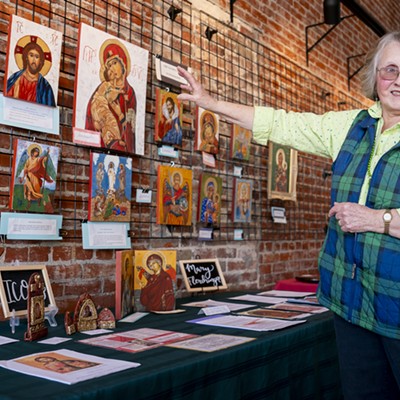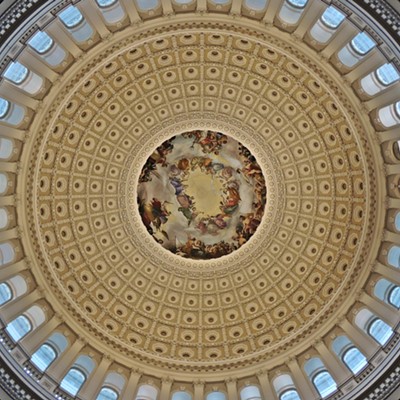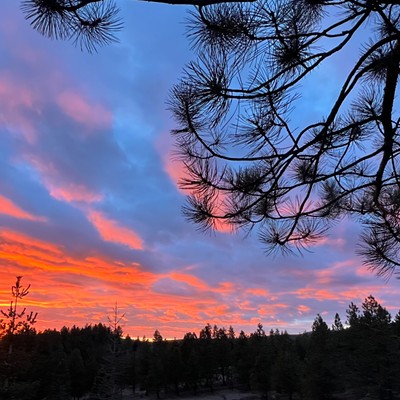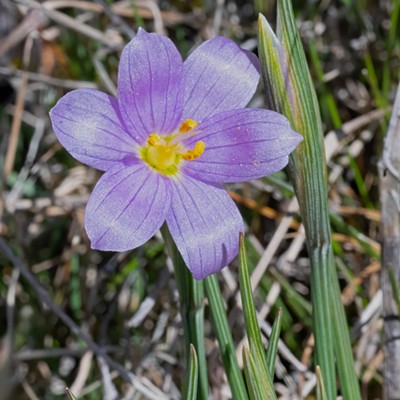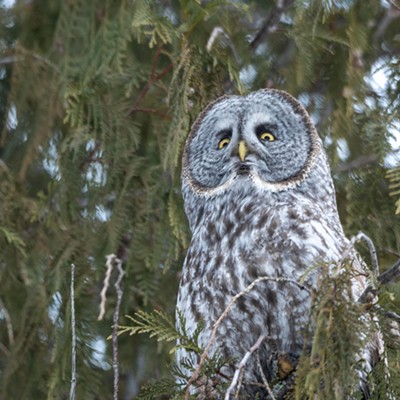By Dominique Wald
dwald@dnews.com
MOSCOW - Photographer Wayne Barrar literally goes to the depths of the Earth for the sake of his work.
His exhibit, "Underground: Subterranean Economies and Ecologies," brings together the works of two separate projects, both of which visualize the unseen.
The first is a collection of photographs, titled "An Expanding Subterra," taken in abandoned underground mines.
Barrar, who hails from New Zealand, began taking pictures when he was 13 and went on to working with what he calls "human-modified landscapes" in the 1980s. In the early 2000s, he focused on researching repurposed mines, a majority of which were in the United States. He now works as an associate professor of fine arts at Massey University in Wellington, New Zealand.
Barrar said his inspiration comes from his interest in the way humans adapt to underground places.
"What's so interesting about this is that it's a normal setting, like an office, in an unusual place," Barrar said.
His collection includes photos of underground office break rooms, restrooms and business complexes. The exhibit can be seen through Aug. 1 at the Prichard Art Gallery in downtown Moscow.
Barrar said gaining access to take the photos was the main obstacle he had to overcome.
"As time went on, there was an increased worry when it came to security," Barrar said. "Some of these places only had one entrance and exit."
In addition to "Expanding Subterra," Barrar has a series of photos, titled "Glass Archives," that feature photographs taken of algae seen through a microscope, using photomicrography.
"This part of the exhibit allows people to visualize what they can't normally see," Barrar said. "The entire work is done on a glass slide with the tip of a tool similar to a toothpick."
Barrar said he hopes the exhibit sparks a curiosity and enables people to use their imagination.

